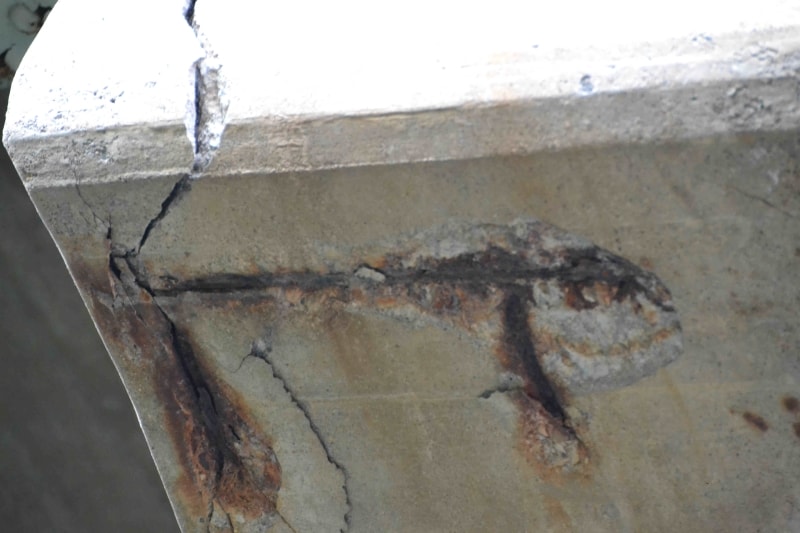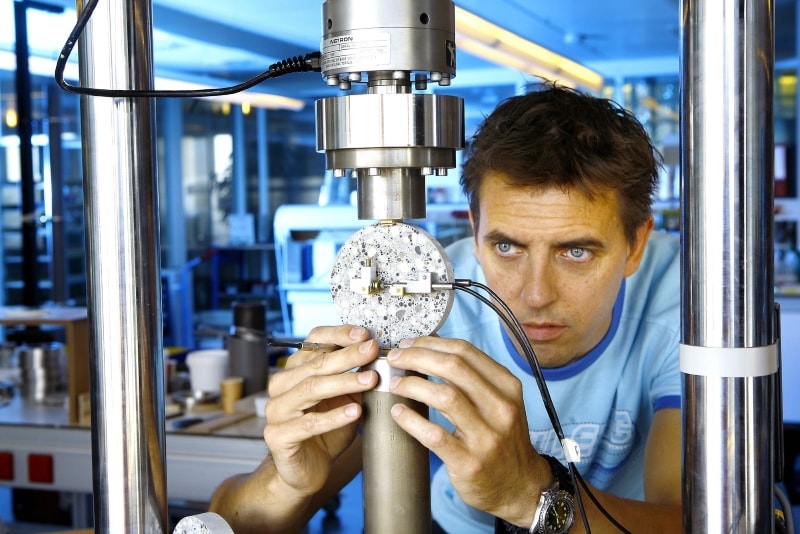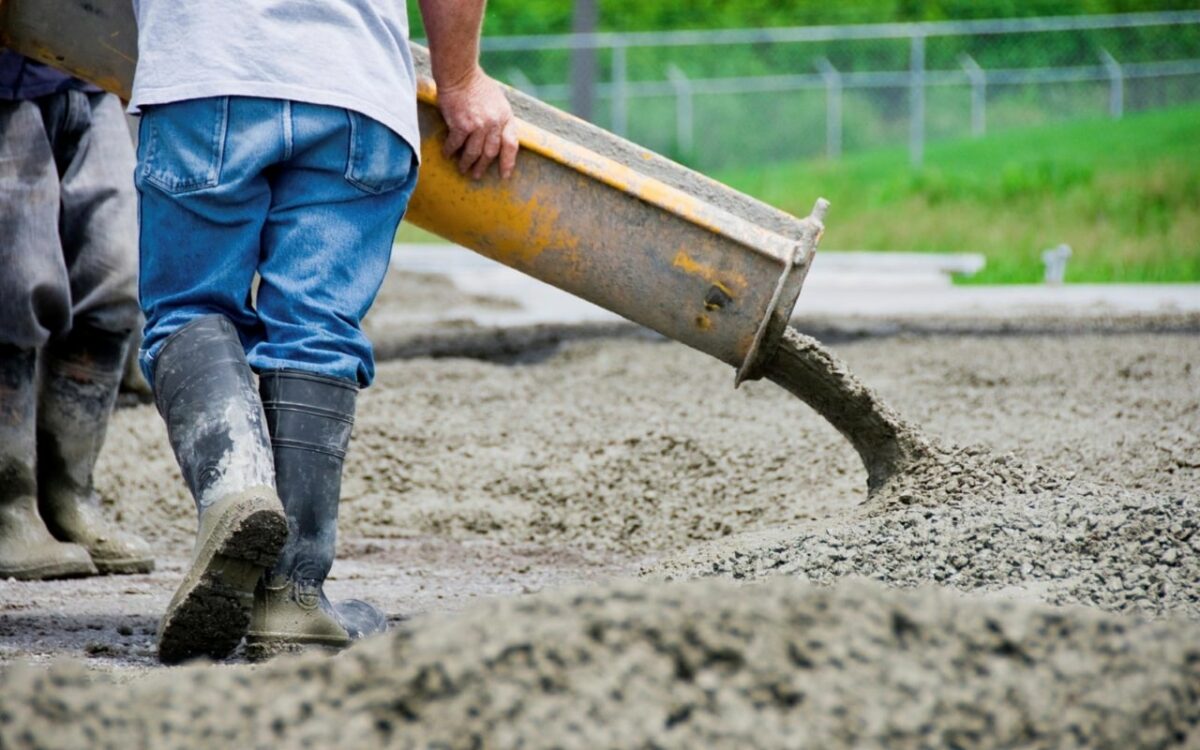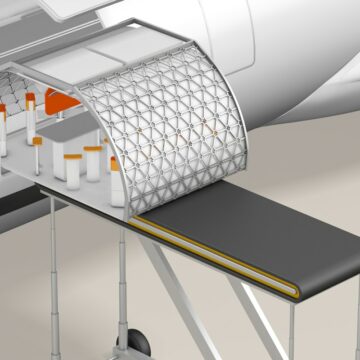Modern concrete is a very resistant material; however, modern buildings do not have the longevity of old ancient constructions. Buildings like the Pantheon in Rome have lasted for centuries due to a special ingredient in roman concrete, volcanic ash. This ingredient reduces fissures and cracks in the concrete making these ancient constructions last through time, outperforming even buildings nowadays.

Nevertheless, current concrete is much stronger than roman concrete, which is the reason for its popularity. This advantage allows us to build bigger and more challenging constructions but its drawback lies on its own strength. Concrete can resist incredible amounts of weight, on the other hand, its hardness makes it weak against tension. This is a major flaw in the material, as concrete will often contract or expand due to external factors like weather. This characteristic initially causes microscopic cracks in the concrete which are initially harmless, but with time, they can accumulate and cause serious structural problems to constructions.
To resolve this construction conundrum, Dutch microbiologist Hendrik Jonkers has created a new type of self-healing concrete using bacteria. This new concrete form has capsules containing bacteria and calcium lactate. The bacteria are initially dormant until the capsules are later activated when cracks allow air or water to pass through. The bacteria will then, be able to produce limestone and fill in the cracks in a few weeks, avoiding air or water to get to the metal structure of the building and expanding its lifespan.

The microbiologist has been working on this project since 2006. One of his challenges was to find the correct bacteria that will withstand the harsh and alkaline environment of concrete, he found his answer in two different species: Bacillus pseudofirmus and Sporosarcina pasteurii. Now, his next step is to make this material even more accessible to everyone. Currently, self-healing concrete or bioconcrete represents a higher cost compared to common concrete. Nevertheless, he is working on alternatives for the calcium lactate component, which is one of the most expensive components in his formula. He is currently working on replacing this component with sugar without compromising the hardness of the concrete.

This is an enormous development for the construction industry as maintenance costs are high, consume time and, if not detected in time, these cracks in the concrete can harm buildings beyond any help. This new advance can benefit many different areas. In the U.K., another initiative has been made and government scientists are currently working on a similar project in order to develop self-healing roads. As we can see, the possibilities are endless and soon we might be able to build structures as long-lived as ancient constructions.








